Associate Professor Dr. Bui Hoai Son said that institutions, infrastructure and people are what need to be focused on for long-term cultural development. This includes attracting international stars to perform in Ho Chi Minh City.
Cultural development lessons from Korea and Singapore
The seminar on Developing the cultural industry: What are the pillars? has just taken place at the Conference Hall of the Nguoi Lao Dong Newspaper, Ho Chi Minh City. The seminar was chaired by Associate Professor, Dr. Bui Hoai Son, Standing Member of the National Assembly's Committee on Culture and Education, and Dr. To Dinh Tuan - Editor-in-Chief of the Nguoi Lao Dong Newspaper.
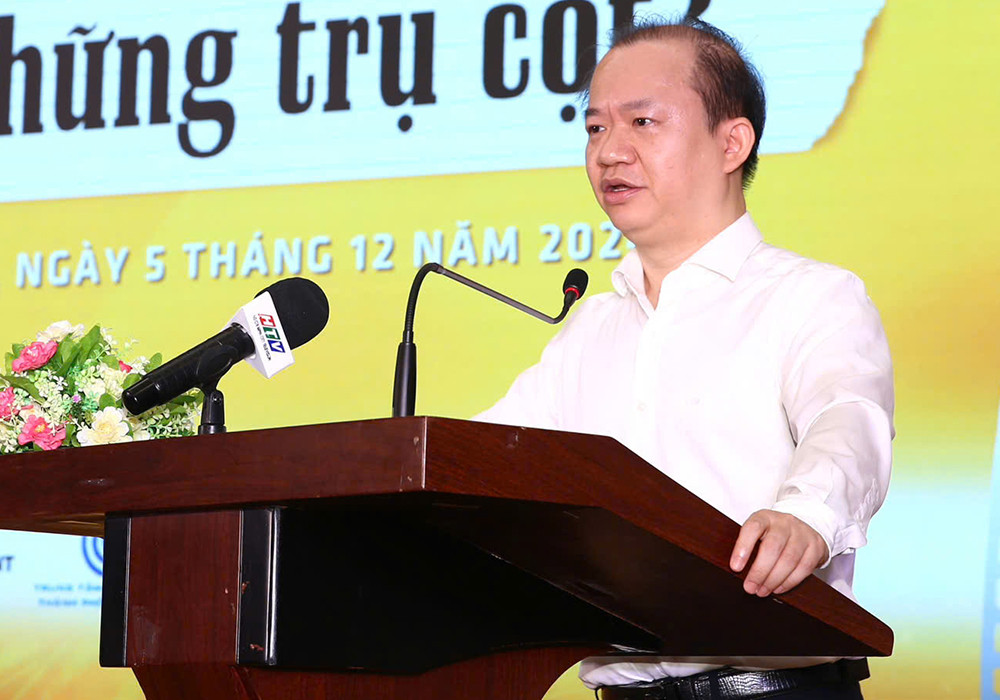
Associate Professor, Dr. Bui Hoai Son affirmed that Ho Chi Minh City is the country's largest market for cultural industry development. In particular, the three main pillars including institutions, infrastructure and people are what need to be focused on for cultural development.
According to him, cultural industry is to make these fields more professional, following the rules of the market. Accordingly, taking people as the center, considering cultural industry as a part of the country's economic development.

Mr. Son cited the story of the Singaporean Minister of Culture leading a delegation to Los Angeles (USA) to meet with event organizers and invite Taylor Swift to perform, creating a great economic and social effect.
This is a lesson for managers, individuals and units in this field in the country. In the long term, Mr. Son believes that the joint efforts of all parties involved are needed. The State only plays an indirect role, as an "extended arm" supporting cultural and artistic activities.
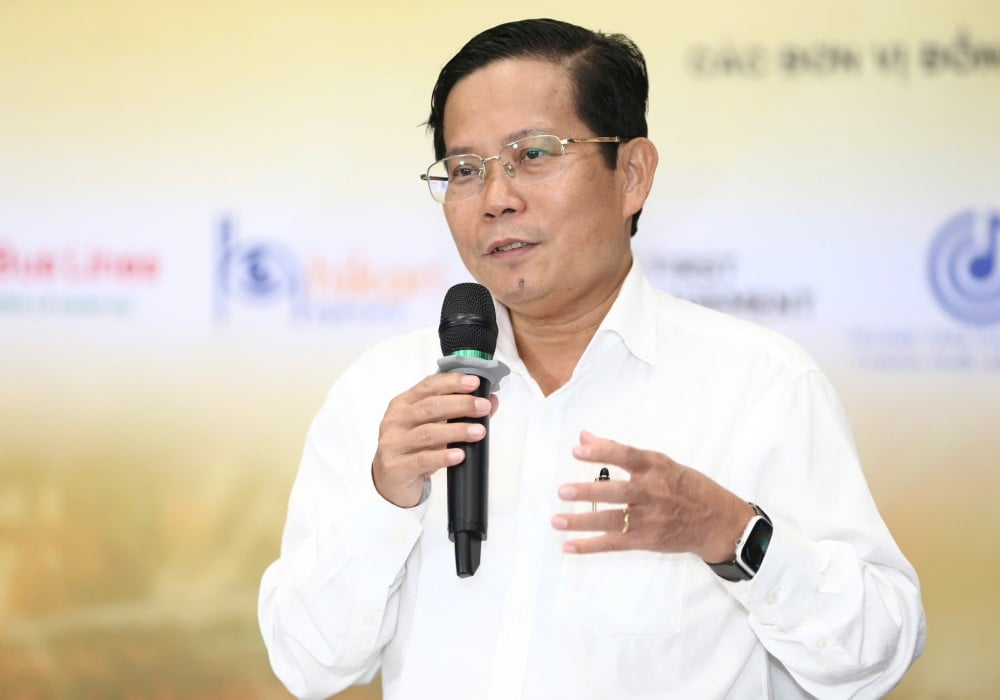
Mr. To Dinh Tuan - Editor-in-Chief of Nguoi Lao Dong Newspaper said that profits from the cultural industry have become a spearhead in some countries. For example, the idol group BTS alone brings 5 billion dollars to the Korean economy each year.
According to Mr. Tuan, Vietnam's population is larger than that of Korea. Our country's culture also has a lot of potential, not inferior to that of other countries, but there are still not many activities or projects worthy of bringing development and long-term potential to society.
Mr. Nguyen Ngoc Hoi - Deputy Director of the Department of Information and Communications of Ho Chi Minh City explained that the success of Korean culture did not happen overnight. This requires a long-term strategy from the agencies and departments.
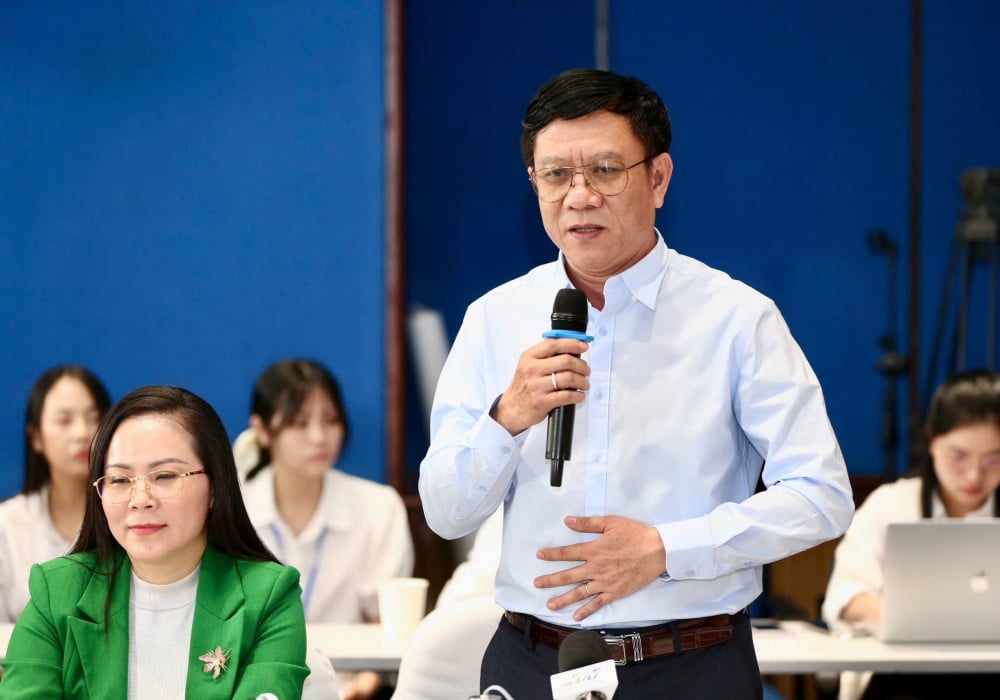
In particular, the media is also an important pillar in the development of the cultural industry. The media plays a leading role in receiving people's opinions and from there creating appropriate cultural products.
Mr. Hoi informed that Ho Chi Minh City is submitting a project to build the brand and image of the city with many cultural products. The general goal of the management agency is to raise the level of culture and reach out to the world . According to the plan, each month there will be 1 event, cultural product contributing to the development of society - tourism, especially in 2025 towards the 50th anniversary of the Liberation of the South and national reunification.
When the cultural industry becomes a "lighthouse"
Director Le Quy Duong believes that the first pillar that must be discussed is the issue of mechanism. For many years, cultural development units have followed the direction of movements, instead of building cultural life. According to him, this is a mechanism that is not suitable for the current cultural industry.

The use of cultural funds in some places is not appropriate, making activities ineffective and not bringing momentum to the industry.
Mr. Duong cited that in Australia, the government creates equal opportunities for individual units to freely develop in the direction of "socialization". Stages will participate in "bidding" and register to have their projects approved by the authorities published annually. This contributes to creating openness and expanding the creativity of artistic teams, while discovering potential factors to develop the cultural industry.
"In foreign countries, there is no way a theater can receive that much money in a year without having any projects that appeal to the public," said Mr. Le Quy Duong.
Director Nguyen Quang Dung expressed his concerns about the next generation, through training current human resources. In addition to professional skills, he hopes that young people will be given the opportunity to learn and approach working in an international environment.
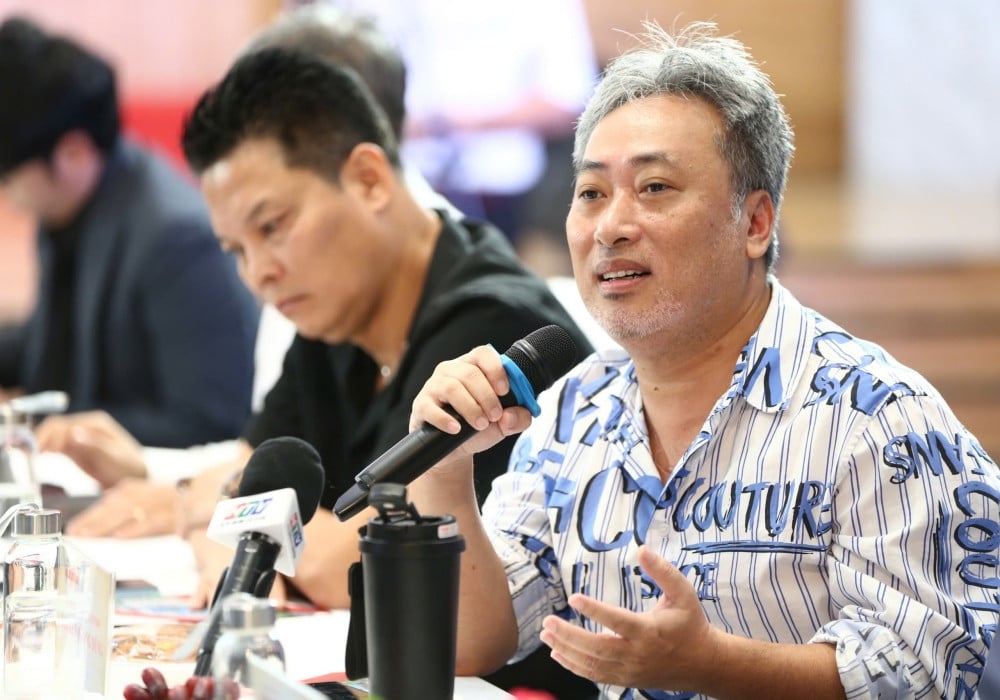
While Korean cinema is too far behind Vietnam, Nguyen Quang Dung suggests that people should look to Thailand. This country has an open policy, welcoming international film crews. They provide maximum support in terms of policies, taxes, facilities, settings, etc. to help crews from other countries complete their projects smoothly.
Creating an open mechanism is an effective way to attract foreign film crews to Vietnam, and is also a bridge for domestic forces to rub shoulders and learn from their experiences.
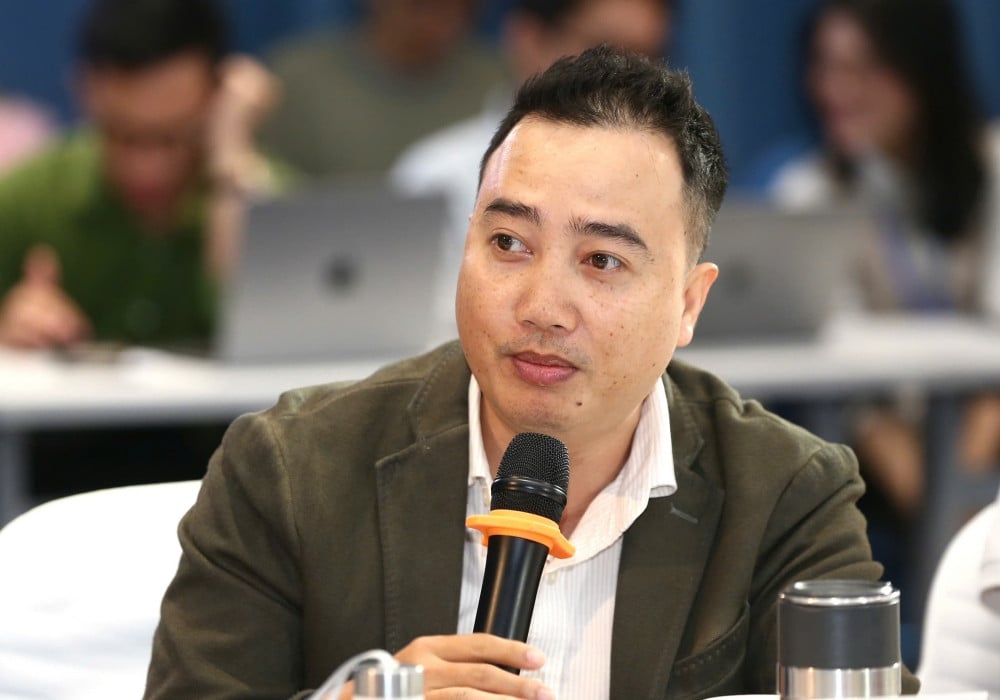
In addition, infrastructure and policies are also barriers that make it difficult for us to develop culture. Mr. Pham Dinh Tam - representative of IME Vietnam Company, the unit that brought the BlackPink group to perform in Vietnam, said that Vietnam's mechanism is complicated, making foreign partners reluctant to work. From applying for operating licenses, related regulations are quite complicated for organizers.
Performance venues are considered a limiting factor that makes foreign producers and artists hesitant to choose Ho Chi Minh City as a destination. The venues for shows were all built 20 years ago, and the facilities have deteriorated over time, while the standards of international stars are getting higher and higher.

From the discussion, Associate Professor, Dr. Bui Hoai Son proposed solutions to the problems that cause difficulties, problems, and limitations in the cultural industry. Firstly, pay attention to creative talents, improve the education system, especially art education. From there, develop the cultural industry in Vietnam.
Second, build a unique brand for each enterprise and locality. Third, pay attention to new technology, exploit the value of technology to improve the quality of cultural products. Fourth, invest in the fields of education, communication, etc. to create widespread interest in the cultural industry.
"I hope the cultural industry becomes a 'beacon' leading other industries in Ho Chi Minh City to develop rapidly," he said.
Photo: Organizing Committee, documents

Source: https://vietnamnet.vn/lam-sao-bien-tphcm-la-diem-den-thuong-xuyen-cua-sao-quoc-te-2348757.html


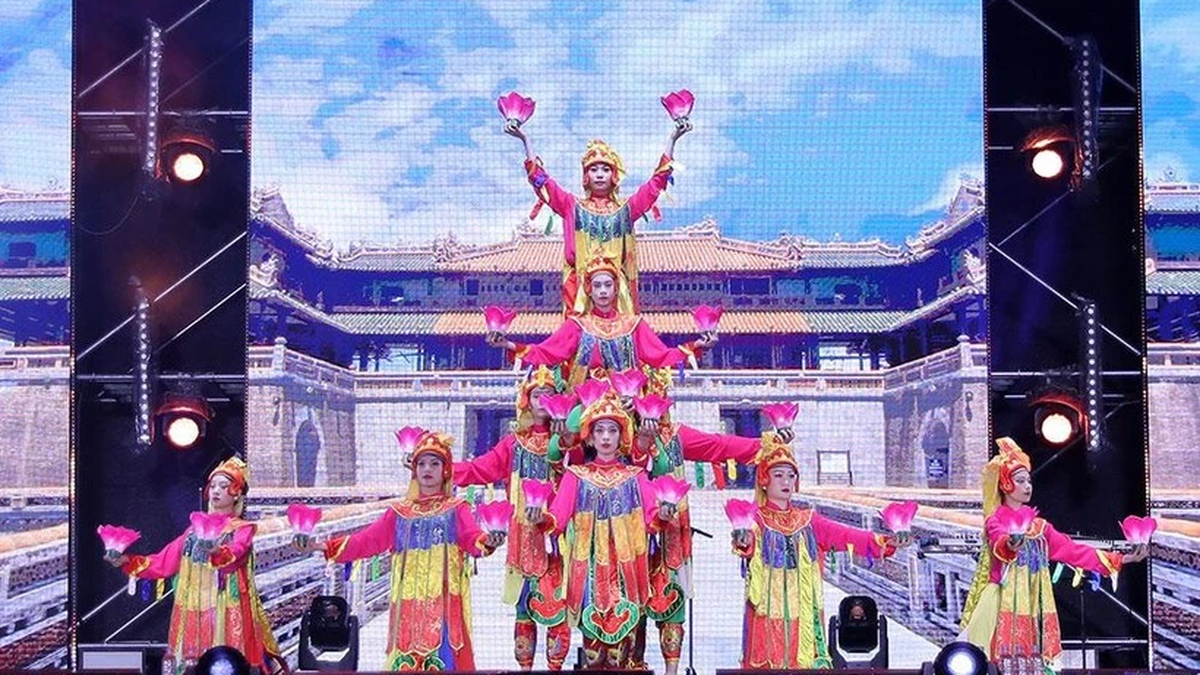
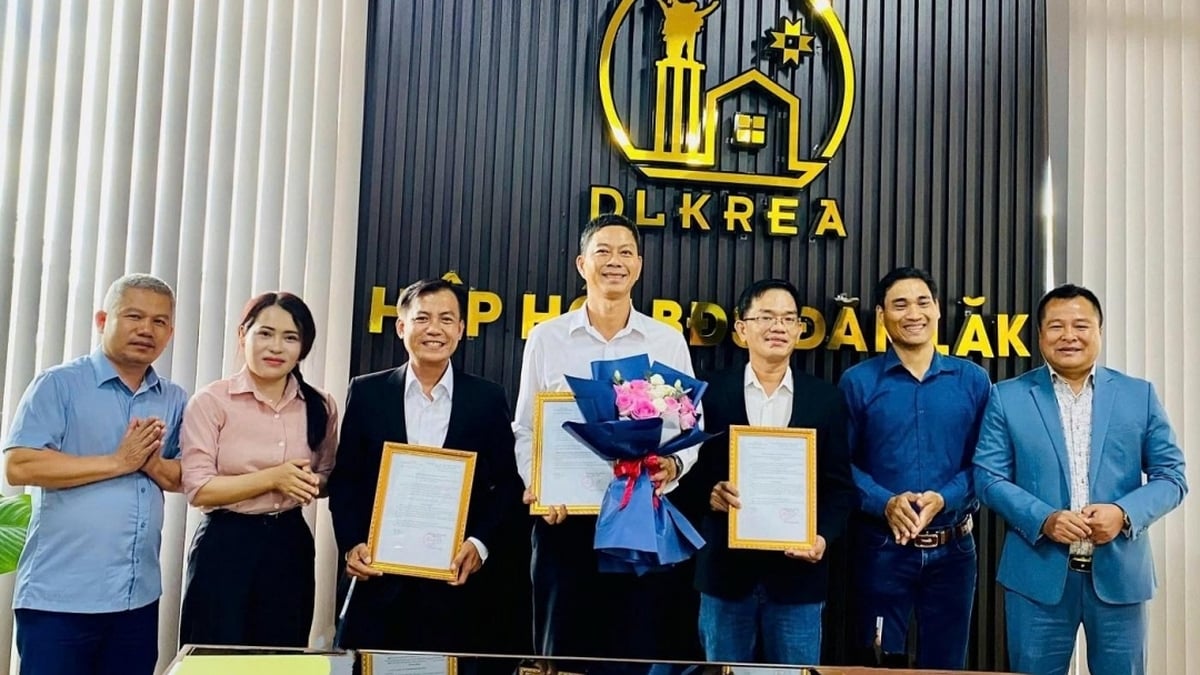

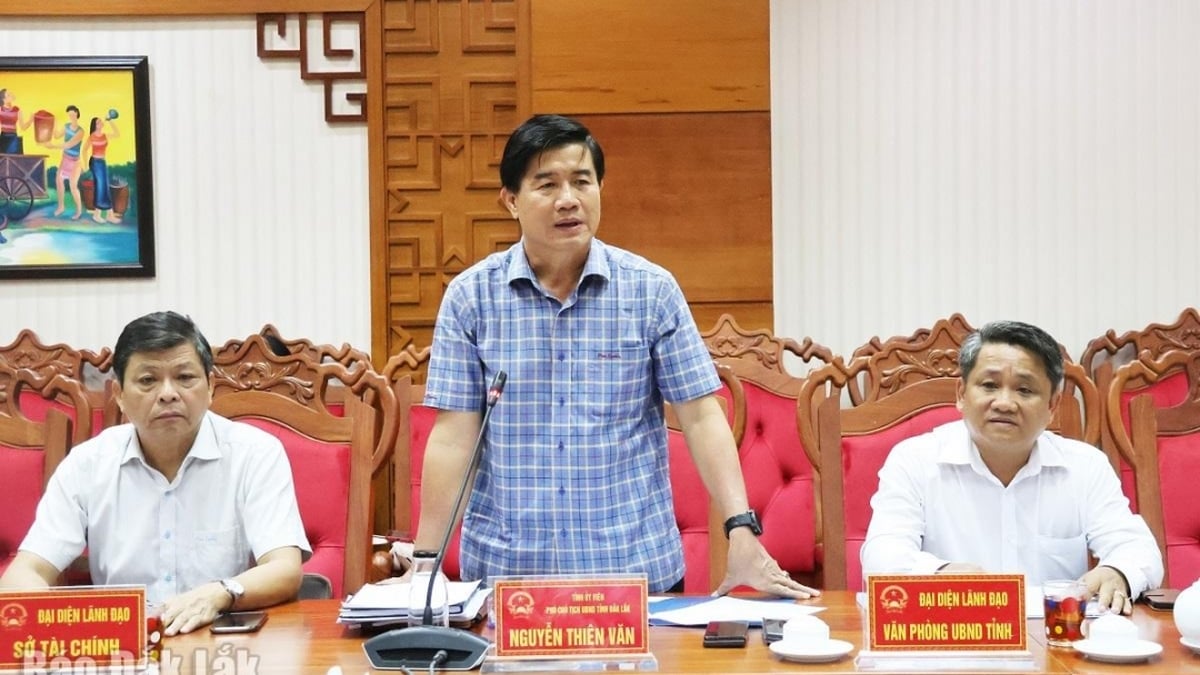
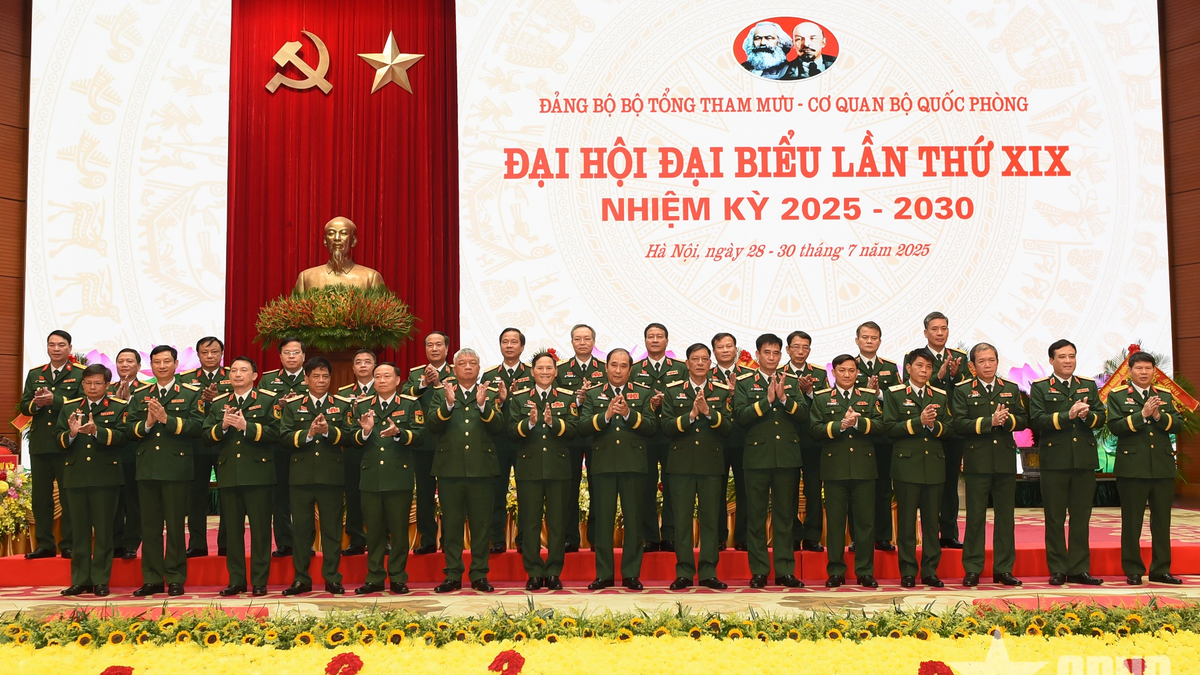
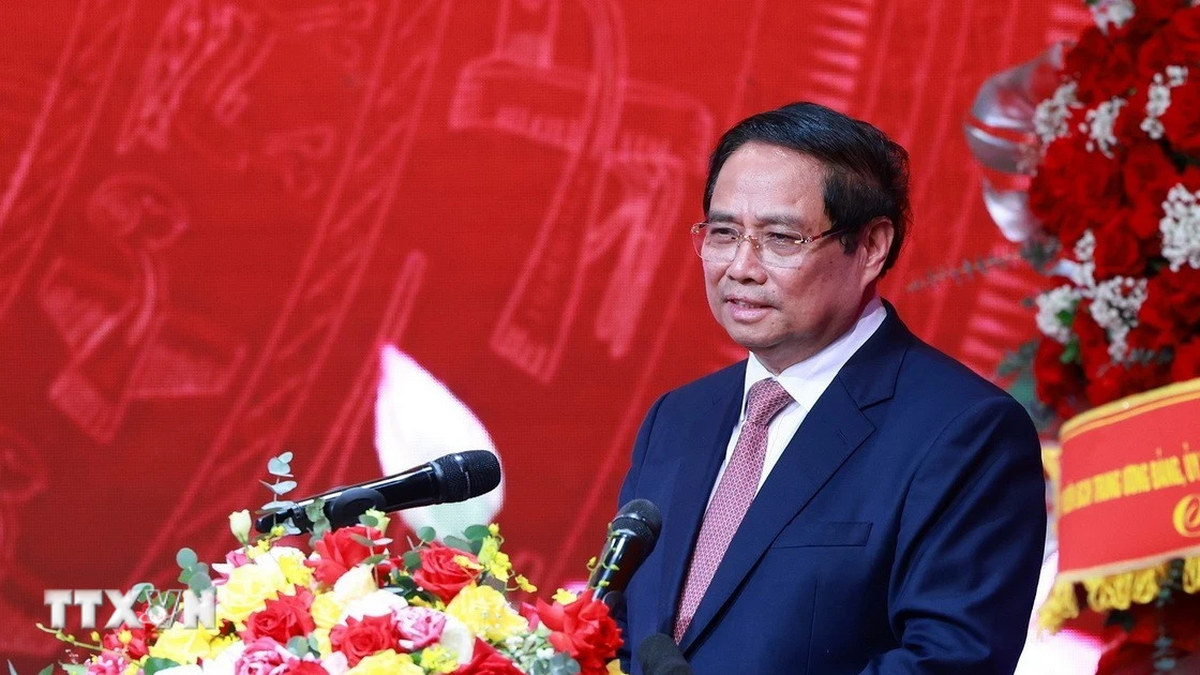

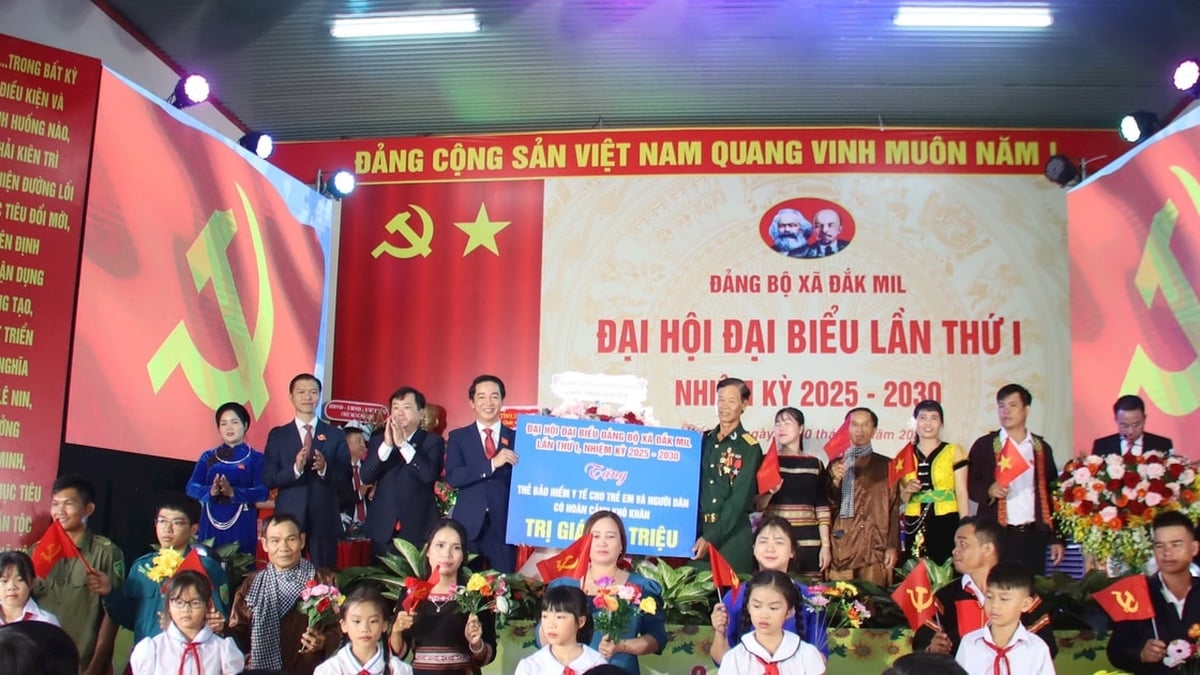
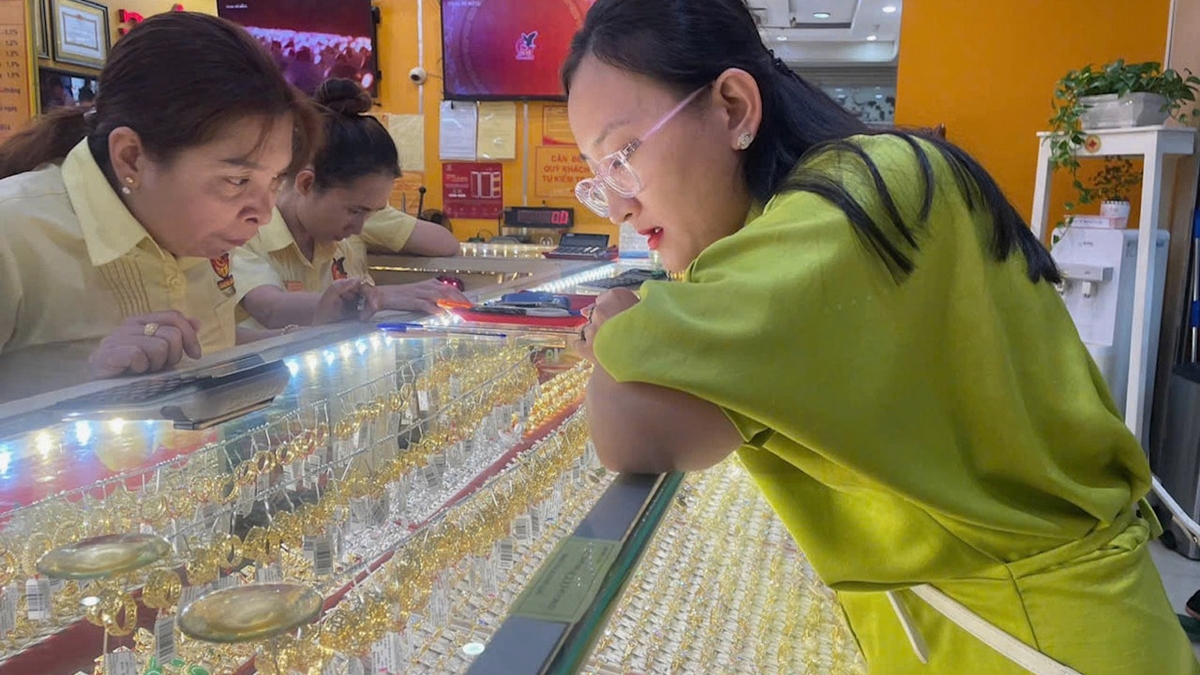
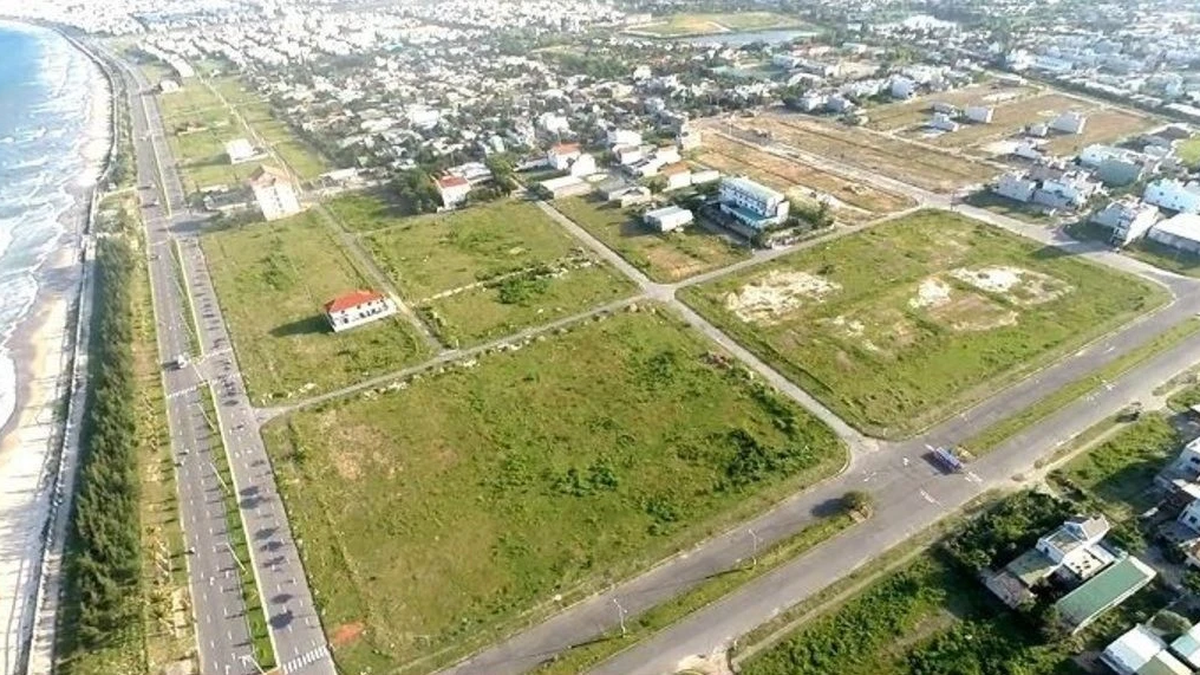
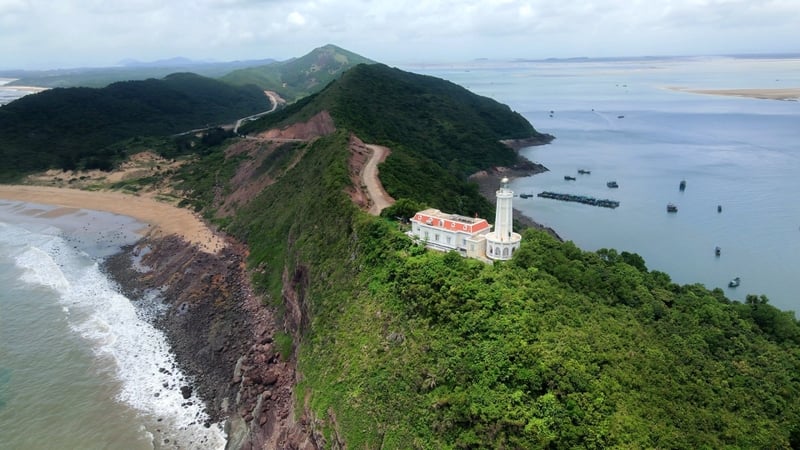


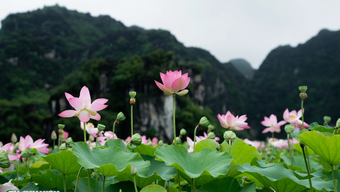

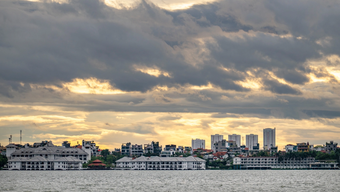


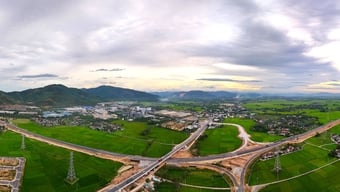

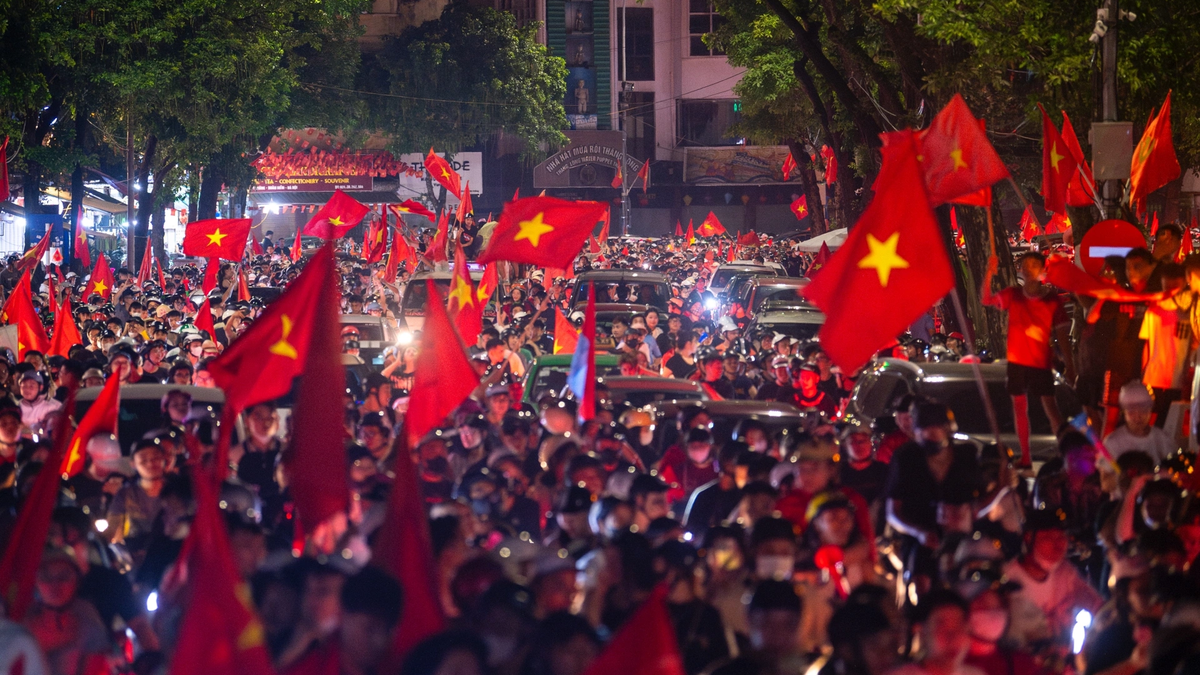

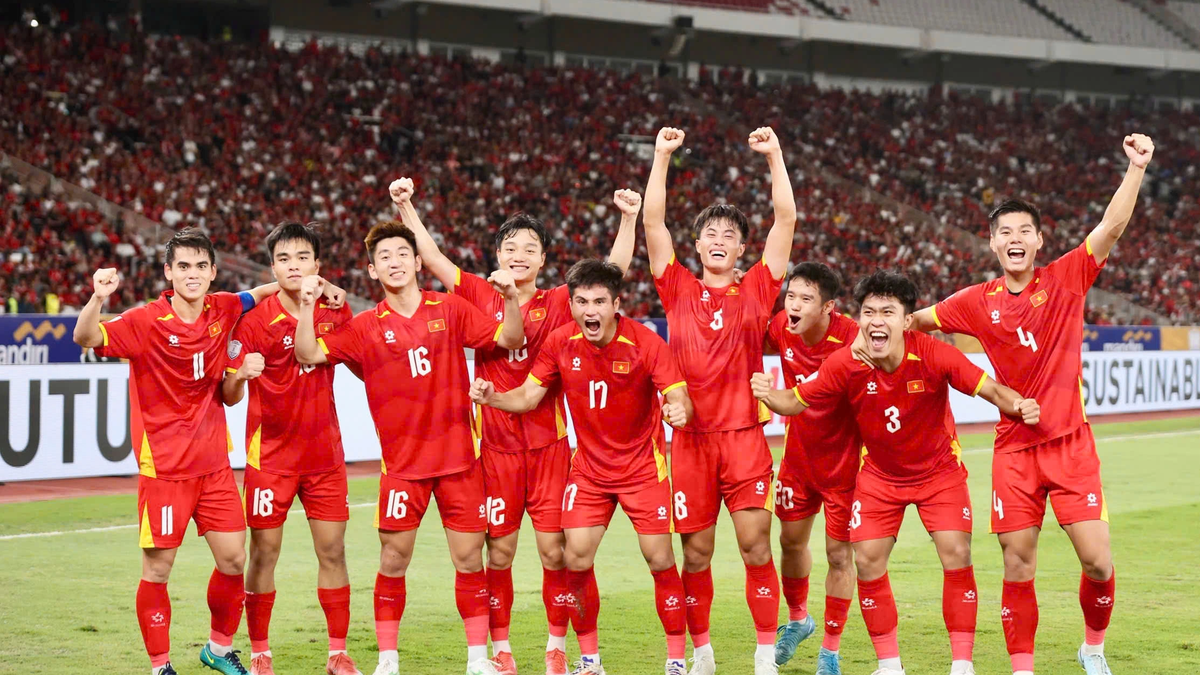



![[Photo] National Assembly Chairman attends the seminar "Building and operating an international financial center and recommendations for Vietnam"](https://vphoto.vietnam.vn/thumb/1200x675/vietnam/resource/IMAGE/2025/7/28/76393436936e457db31ec84433289f72)
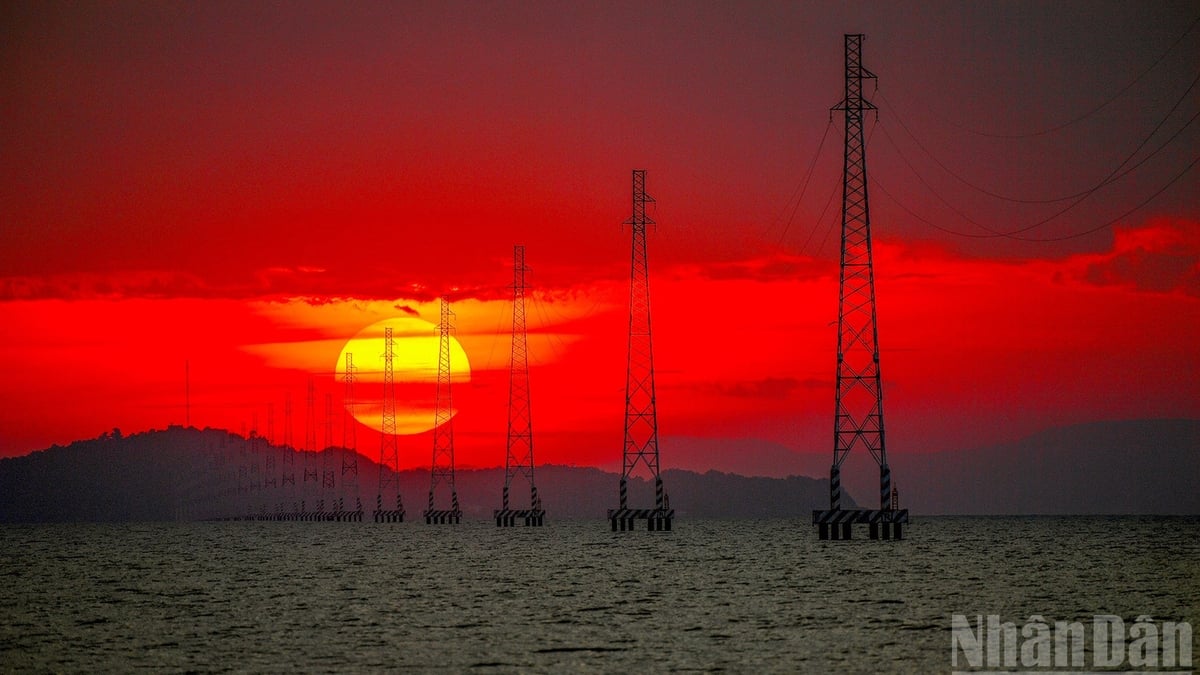
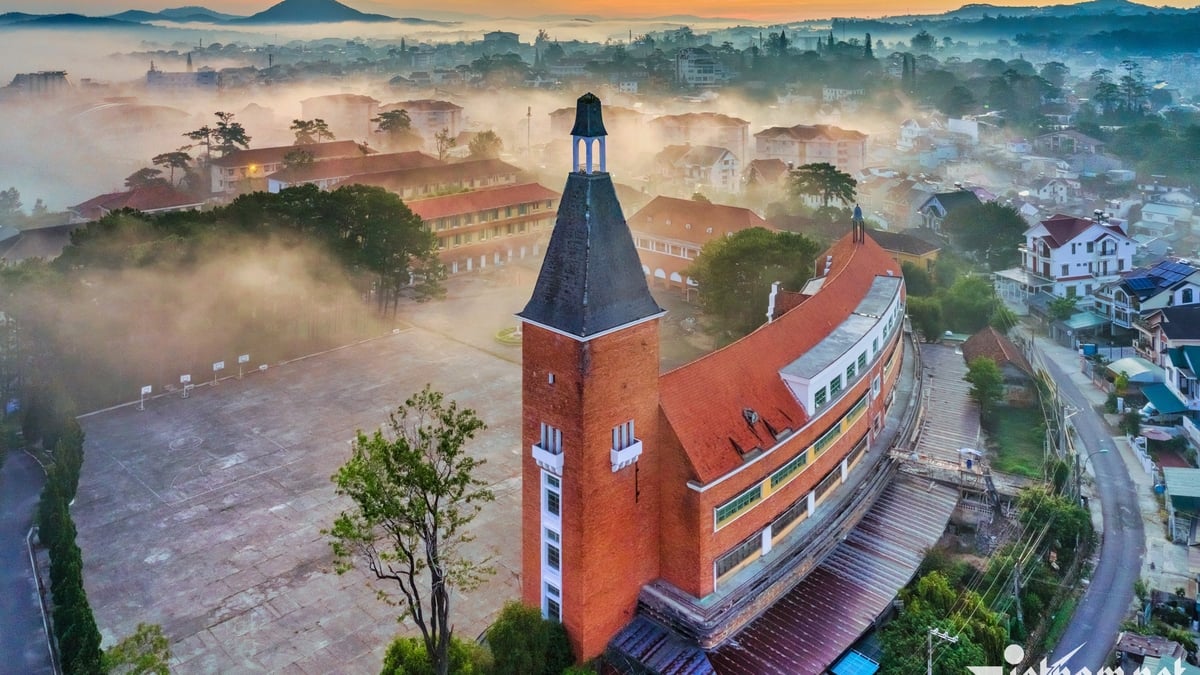
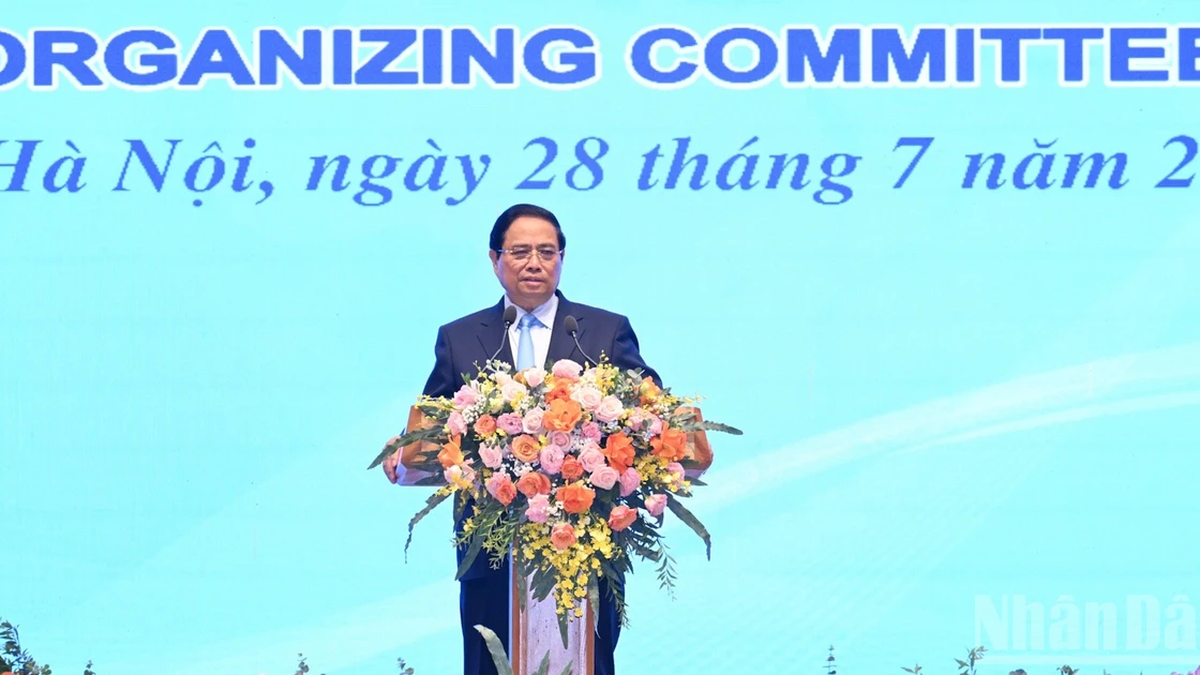
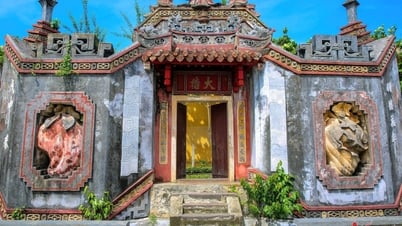
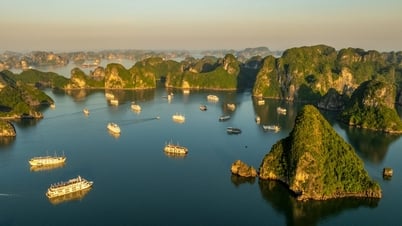

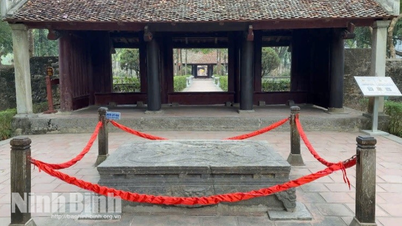

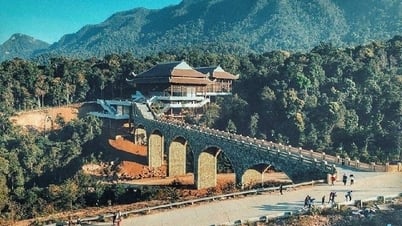

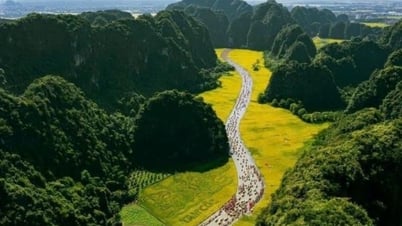
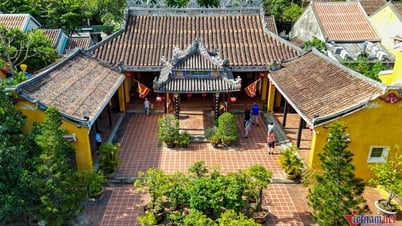




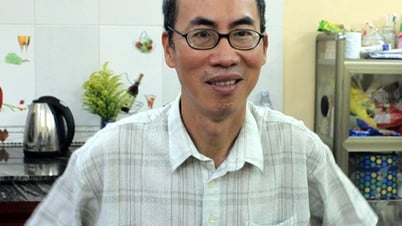

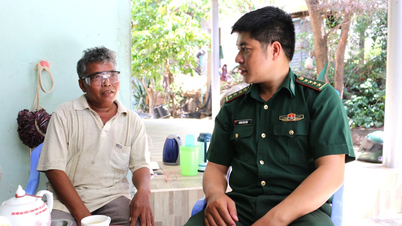

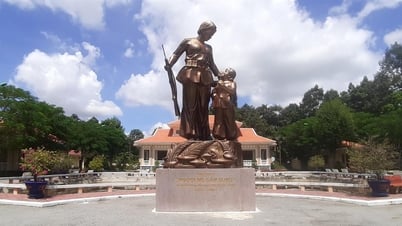
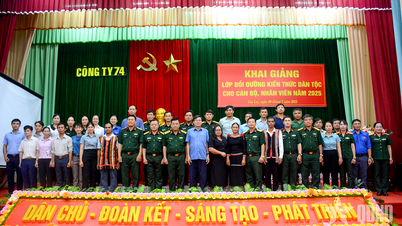


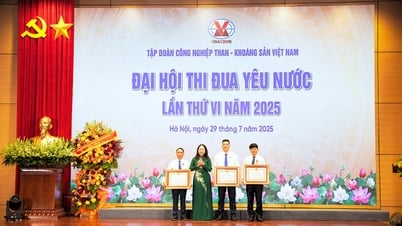





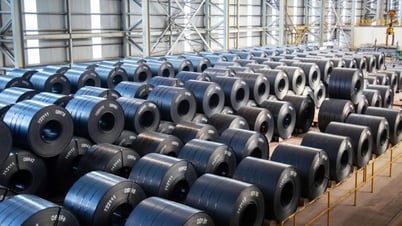
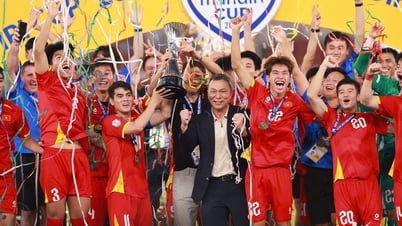


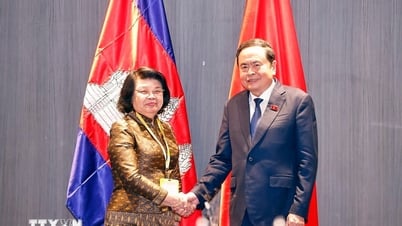

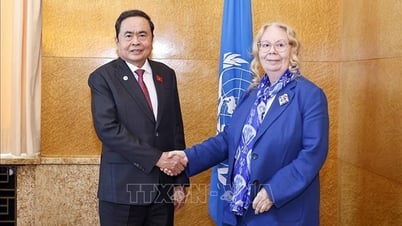

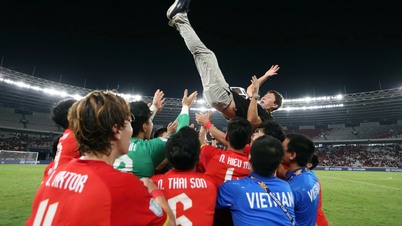

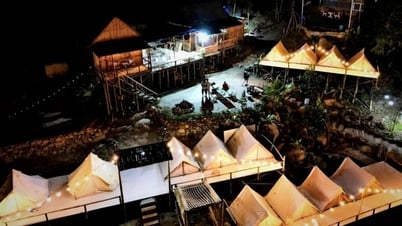



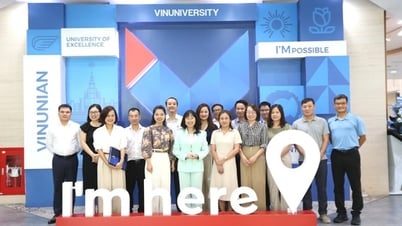



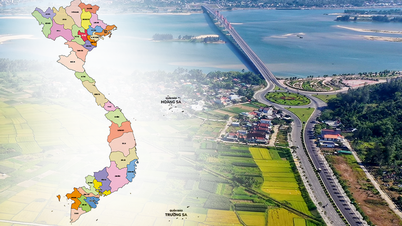

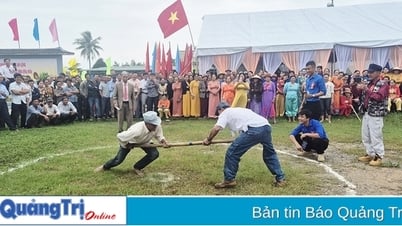


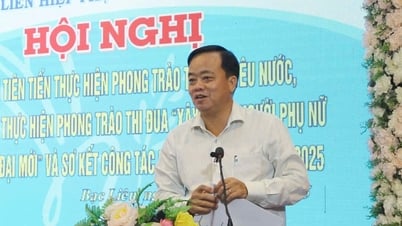
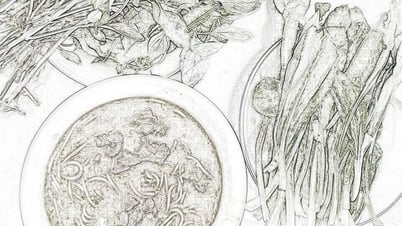
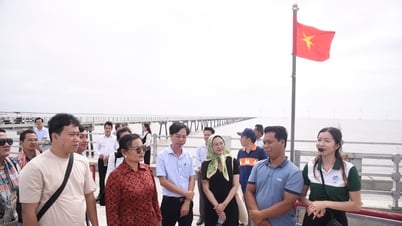
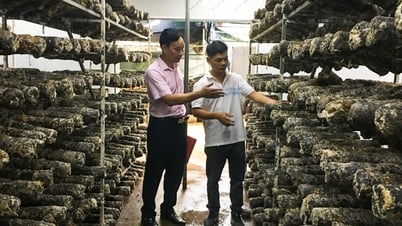

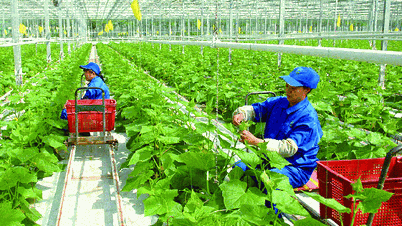


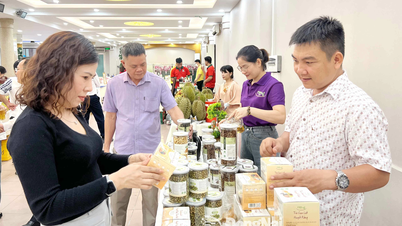





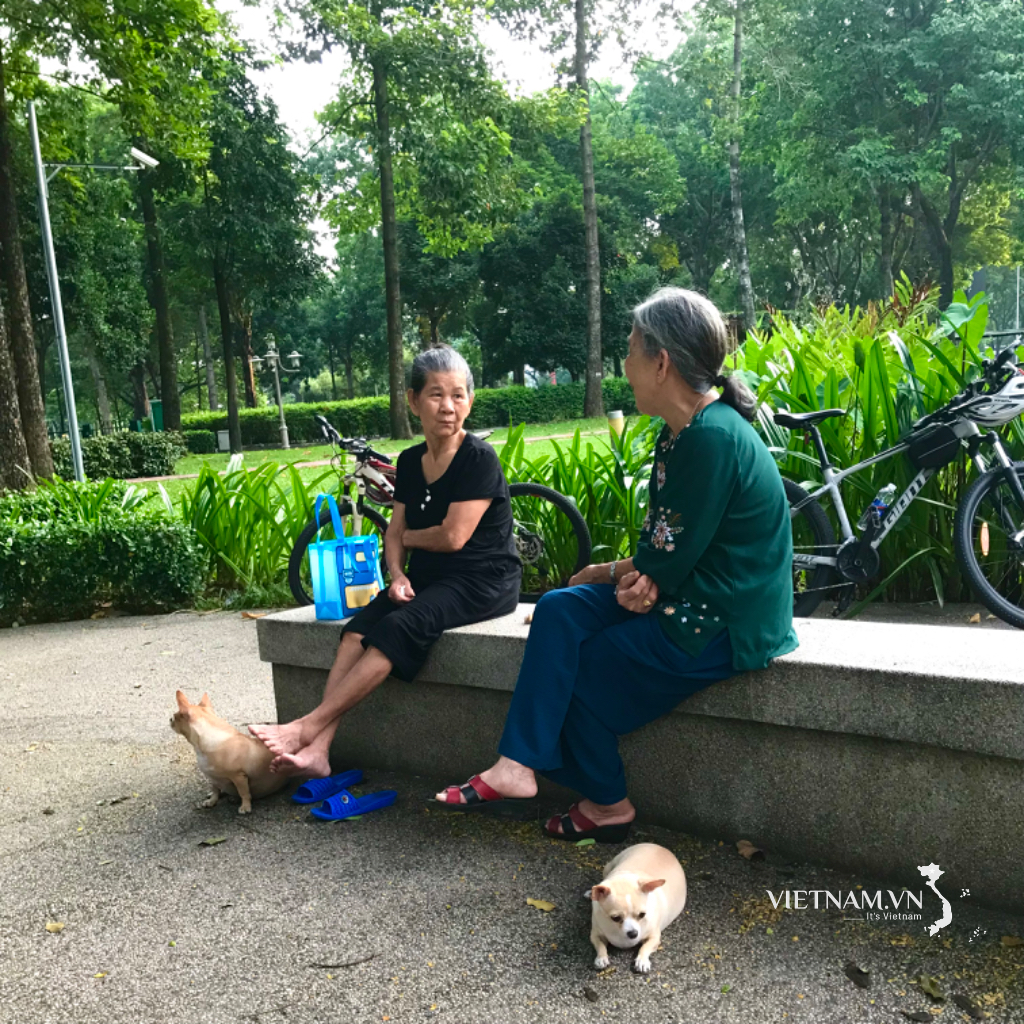

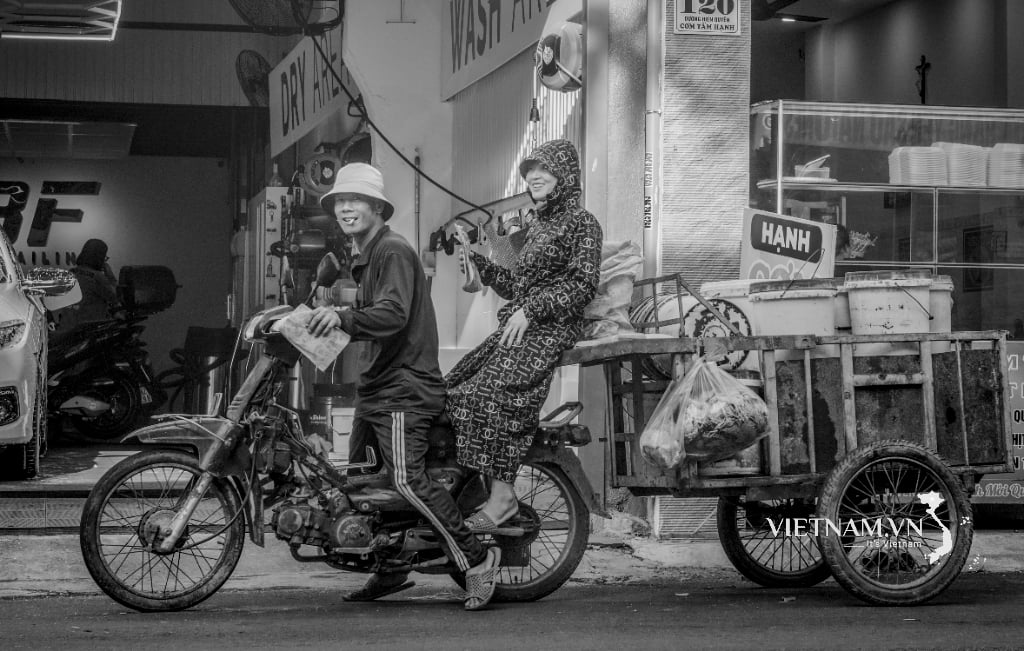
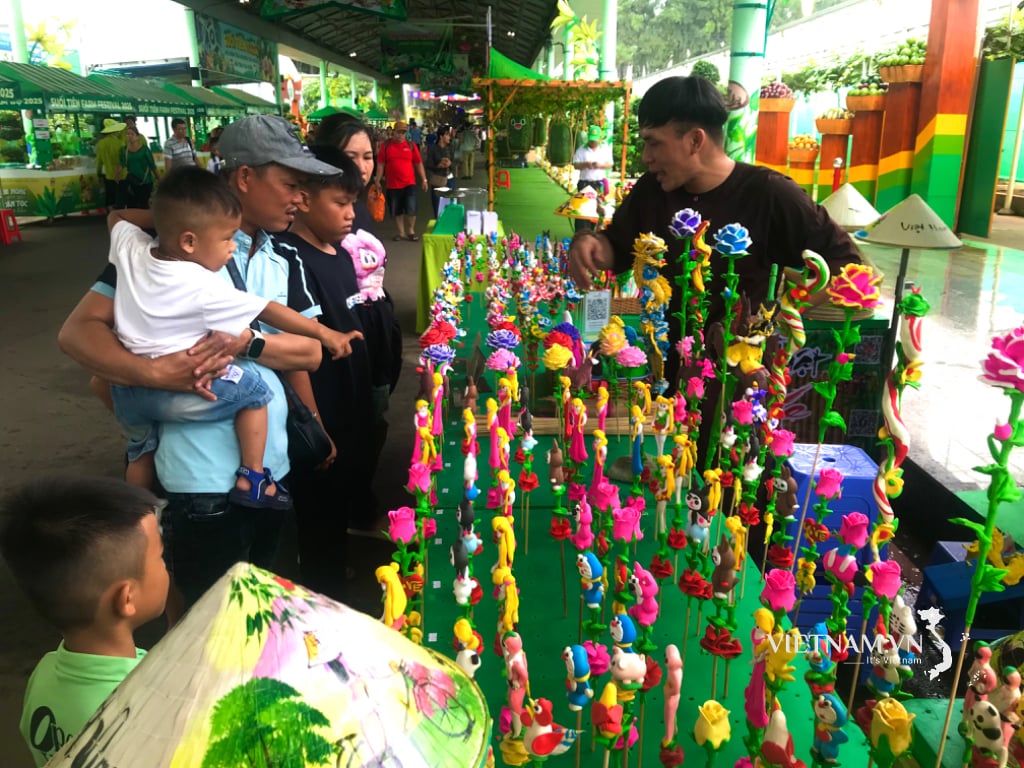
Comment (0)